The Importance of Choosing the Perfect Camping Tent: How to Find the Right One for Your Adventure
There’s something magical about the great outdoors. Whether it’s hiking through the forest, sitting by a campfire under the stars, or just escaping the chaos of everyday life, camping provides an unparalleled connection to nature. But one thing can make or break your camping experience: the tent. A good tent is the foundation of your outdoor adventure. It keeps you dry, warm, and protected from the elements. So, choosing the perfect camping tent should be at the top of your to-do list before heading out into the wild.
But how do you know which one is right for you? Do you go for the classic dome tent or perhaps something more high-tech and suited for extreme conditions? With so many options available, choosing the right tent can seem a bit overwhelming. Don’t worry, I’ve got you covered. This article will help you understand what to look for when you’re ready to buy tents, ensuring your next camping trip is comfortable and enjoyable.
1. Why Choosing the Right Tent is Crucial
First off, let’s talk about why choosing the right tent is so important. Your tent is your home away from home in the wilderness. It needs to keep you safe, dry, and comfortable. After all, the last thing you want after a long day of hiking is to crawl into a tent that leaks or collapses in the wind. A bad camping tent can make you miserable, leaving you with little energy to enjoy your surroundings.
The perfect tent will provide you with:
-
Protection from the Elements: A good tent shields you from wind, rain, snow, and even the scorching sun. Depending on the weather conditions, it’s important to choose a tent designed to handle those specific conditions.
-
Comfort: Sleeping on the hard ground in a sleeping bag is one thing. Doing it in a tent that’s too small, poorly ventilated, or uncomfortable is another. The right tent will give you space to stretch out and rest properly.
-
Ease of Setup: Let’s be honest – no one wants to spend an hour struggling with poles and pegs. The ideal tent should be easy to set up and pack away, so you can spend more time enjoying the great outdoors.
-
Durability: A quality tent is an investment. You want something that will withstand the elements, endure multiple camping trips, and last for years.
Now, let’s dive into the different styles of tents and how to choose the best one based on your needs.
2. Types of Tents: Finding the Right One for Your Adventure
There are many types of tents out there, each designed for specific types of camping trips. Here are some of the most common options:
a) Dome Tents
Dome tents are the classic camping tent design. They’re generally lightweight, easy to set up, and suitable for most types of camping. Their curved shape helps them withstand wind and rain, making them ideal for a variety of terrains, from forests to beaches.
Best for: Family camping, car camping, and weekend trips.
Advantages:
- Easy to set up
- Sturdy and reliable in moderate weather conditions
- Good headroom and space
Example: If you’re looking to buy tents for a family camping trip, a dome tent like the Coleman Sundome Tent could be a great choice. It offers excellent weather protection and is spacious enough for 4 to 6 people.
b) Tunnel Tents
Tunnel tents are designed with a long, tunnel-like shape that creates a larger living space inside. These tents are usually a bit heavier than dome tents but are great for those who want extra room. They can be particularly useful for groups or families who need more space to store gear.
Best for: Family camping or long camping trips with lots of gear.
Advantages:
- Spacious and roomy
- Extra storage space for gear
- Stable in wind if properly staked down
Example: If you need a little more room, the Big Agnes Copper Spur HV UL2 Tunnel Tent provides a balance of space, weight, and durability for longer stays.
c) Backpacking Tents
If you’re a hiker or backpacker, you know that every ounce matters when you’re carrying your gear over long distances. Backpacking tents are lightweight, compact, and designed for portability. They’re perfect for those who need to minimize the weight of their gear while still having a reliable shelter.
Best for: Solo adventurers or small groups on multi-day hiking trips.
Advantages:
- Lightweight and compact
- Quick setup
- Designed to handle various terrains
Example: The REI Co-op Flash 2 Backpacking Tent is a popular choice for hikers, offering a lightweight design, durability, and weather protection.
d) 4-Season Tents
These tents are made for extreme conditions, like snow, high winds, or freezing temperatures. A 4-season tent is built to withstand harsher weather, making it ideal for mountaineers or campers heading into high altitudes or winter camping conditions.
Best for: Mountaineers, winter campers, or anyone who needs to handle extreme weather conditions.
Advantages:
- Built to withstand heavy snow, wind, and freezing temperatures
- Extra insulation and durability
- Designed for tough conditions
Example: The MSR Access 2 Tent is an excellent choice for winter camping. It’s designed for extreme cold and provides reliable weather protection.
e) Pop-up Tents
Pop-up tents are exactly what they sound like: they pop open automatically. These tents are incredibly easy to set up, making them a great option for people who are new to camping or need a quick setup.
Best for: Beginner campers, festival goers, or casual campers.
Advantages:
- Quick and easy setup
- Lightweight and portable
- Affordable
Example: The Quechua 2 Seconds Easy Pop-Up Tent is perfect for casual camping. It sets up in a flash and is great for short weekend getaways.
3. Considerations When Choosing the Right Tent
Now that you have an idea of the different types of tents available, there are a few important factors to consider before making your purchase:
a) Weather Conditions
The weather you expect to encounter during your camping trip should be a major consideration when selecting your tent. Will you be camping in a dry, warm climate? Or are you venturing into the mountains where rain and snow are likely? For warm weather, a simple 3-season tent will work well, but if you plan to camp in extreme conditions, you’ll want a 4-season tent for added protection.
b) Size and Space
Make sure to choose a tent that suits the number of people camping. A tent that’s too small will make you feel cramped, while one that’s too large may leave you with unnecessary weight. Keep in mind that tent manufacturers often list the “sleeping capacity,” which means how many people it can hold, but you should aim for a tent that gives you extra room for comfort and gear storage.
c) Weight
Weight is a huge factor if you’re going backpacking. The lighter the tent, the easier it will be to carry. However, if you’re car camping and don’t need to lug your tent around, you have more freedom to choose a slightly heavier tent that offers extra space or sturdier construction.
d) Ventilation
No one wants to wake up to a sweaty, damp tent. Proper ventilation is key to ensuring your tent stays dry and comfortable. Look for tents that have multiple vents or mesh panels that allow airflow while keeping insects out. This is especially important in warmer weather.
e) Ease of Setup
Setting up camp after a long hike can feel like a chore, especially if your tent is difficult to assemble. Look for tents that offer simple and fast setup, with clear instructions and easy-to-use components. Some tents even offer color-coded poles to make the process foolproof.
4. Accessories and Additional Considerations
When buying a tent, it’s important to consider accessories that will enhance your camping experience. Some accessories you might want to consider include:
-
Tent Footprint: A tent footprint is a groundsheet that helps protect the bottom of your tent from abrasions and moisture. It’s a great investment to keep your tent in top shape.
-
Tent Stakes and Guy Lines: Be sure to check that your tent comes with enough stakes to keep it secure, especially in windy conditions. You can always buy additional stakes if needed.
-
Rainfly: A rainfly is an additional layer that protects your tent from rain. Some tents come with a built-in rainfly, while others require you to buy one separately.
-
Tent Repair Kit: Accidents happen, and sometimes a small tear or hole can occur during your trip. Having a repair kit on hand will help you patch things up quickly.
5. Final Thoughts: Finding the Perfect Tent for Your Camping Adventure
Choosing the right camping tent can make or break your outdoor experience. From the style of tent to its weather protection and size, there are many factors to consider before buying your perfect shelter. Whether you’re looking for a dome tent for a family camping trip, a lightweight option for backpacking, or a rugged tent for winter conditions, the key is to match your tent to your adventure.
Before you embark on your next journey into the great outdoors, take the time to choose the right camping tent for your needs. Trust me, it’s worth it. After all, the right tent will make your outdoor experience far more enjoyable, giving you a solid foundation to make lasting memories and maybe even a few new camping stories to tell! Buy tents and other various camping gear at CycloneSale.com for all your outdoor adventure needs today!


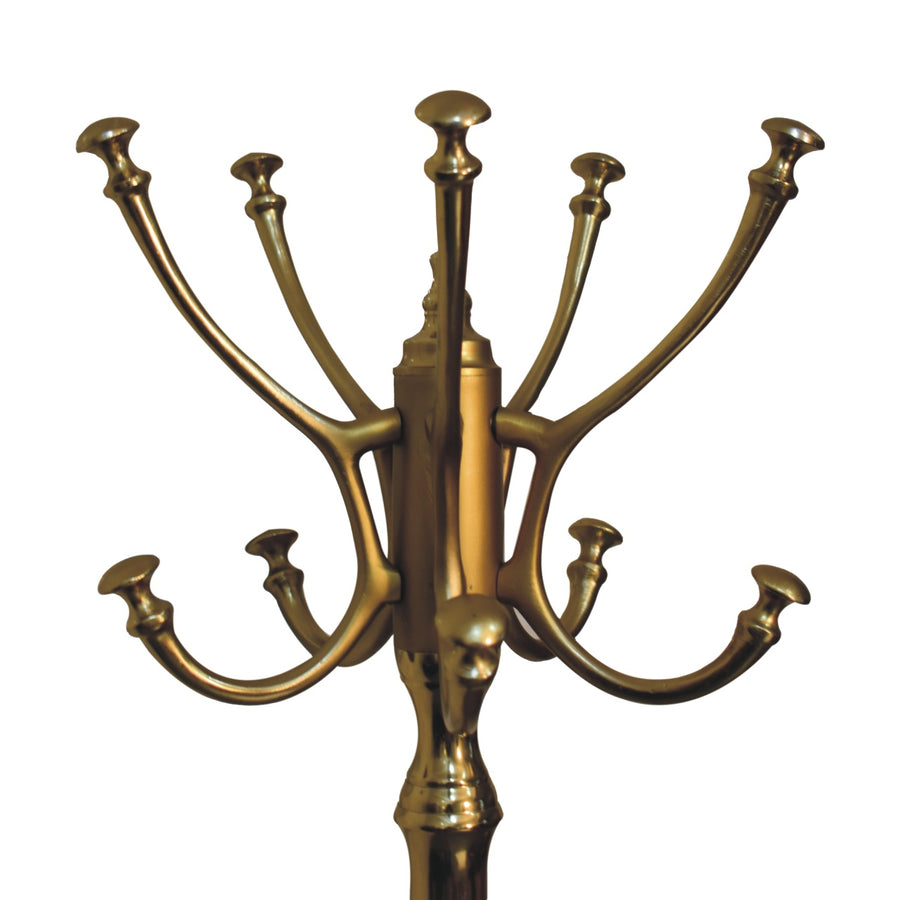
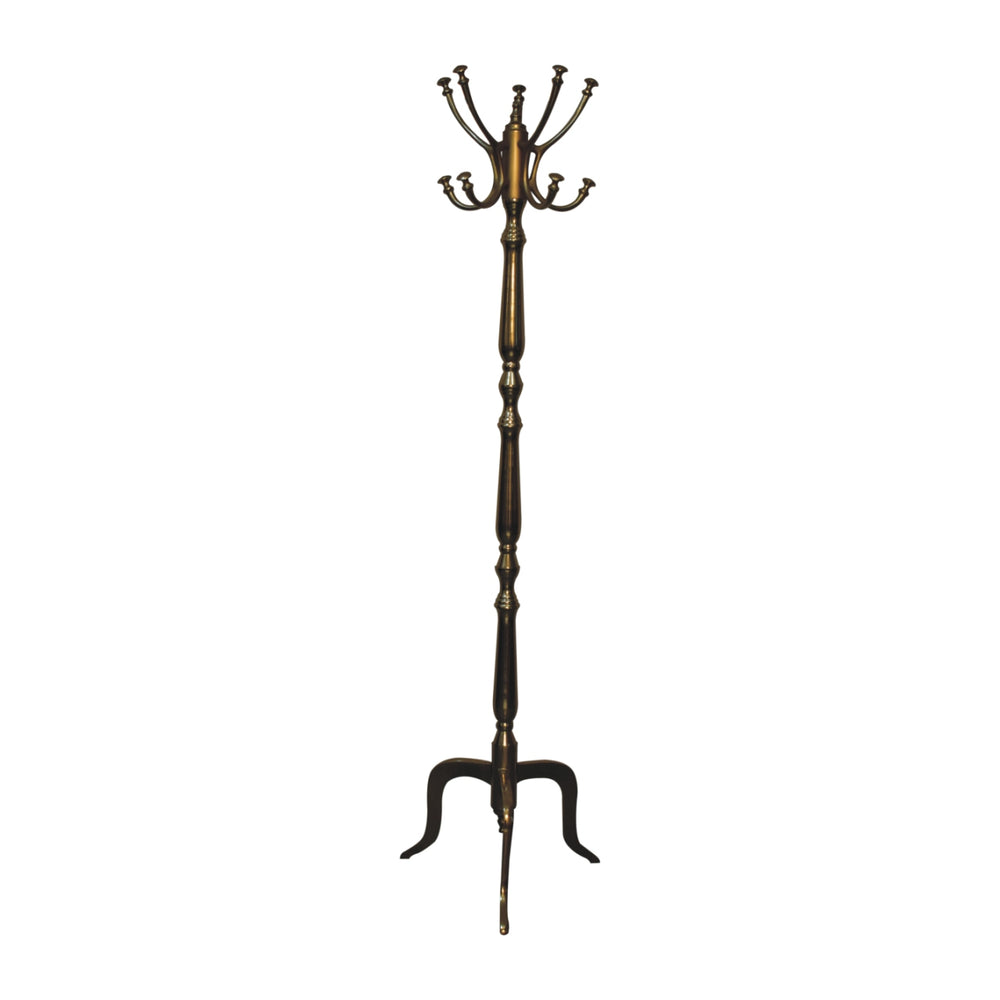
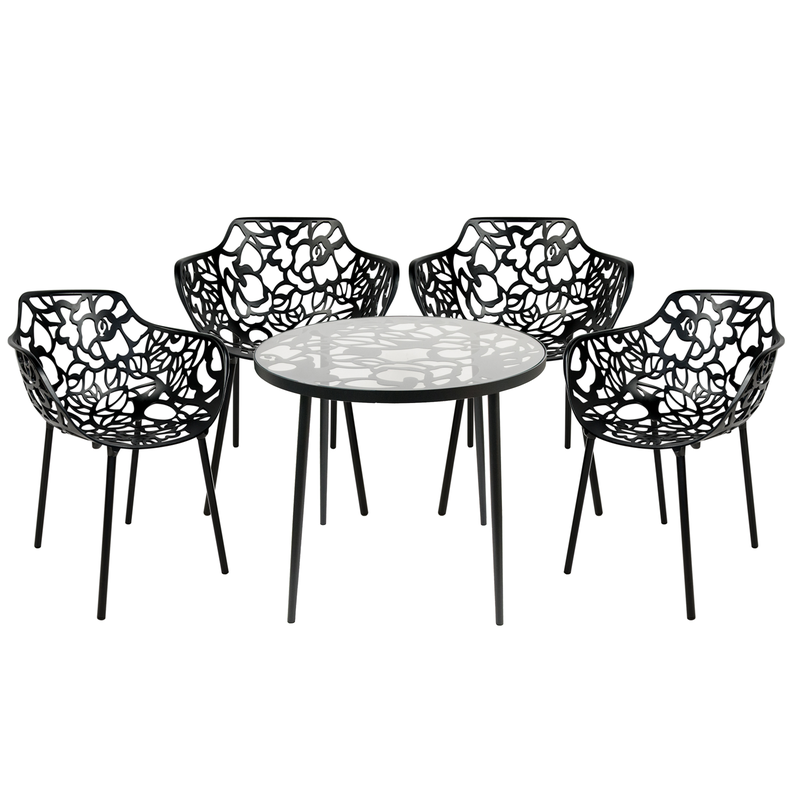
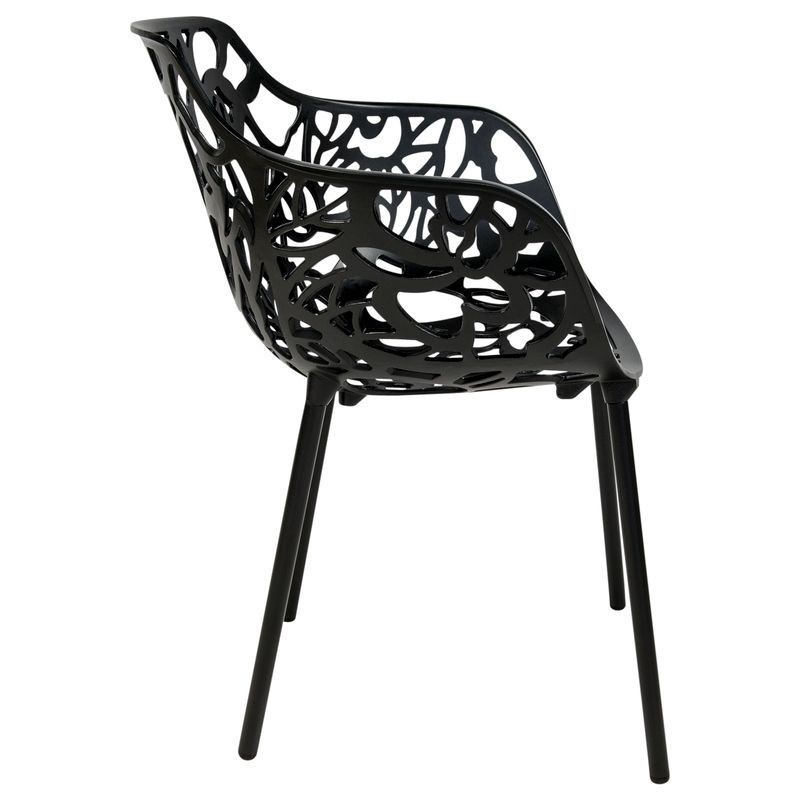
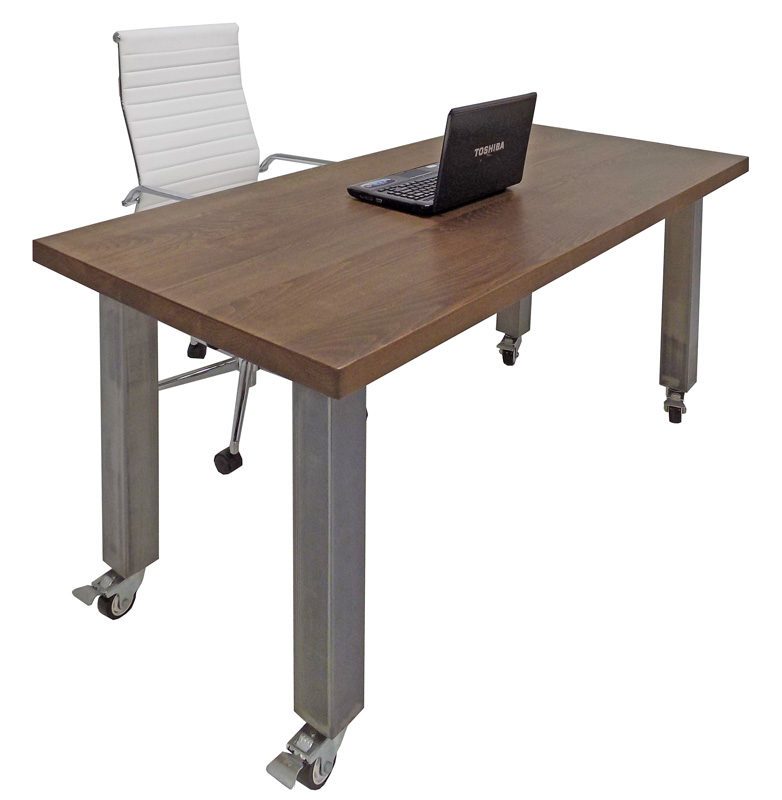
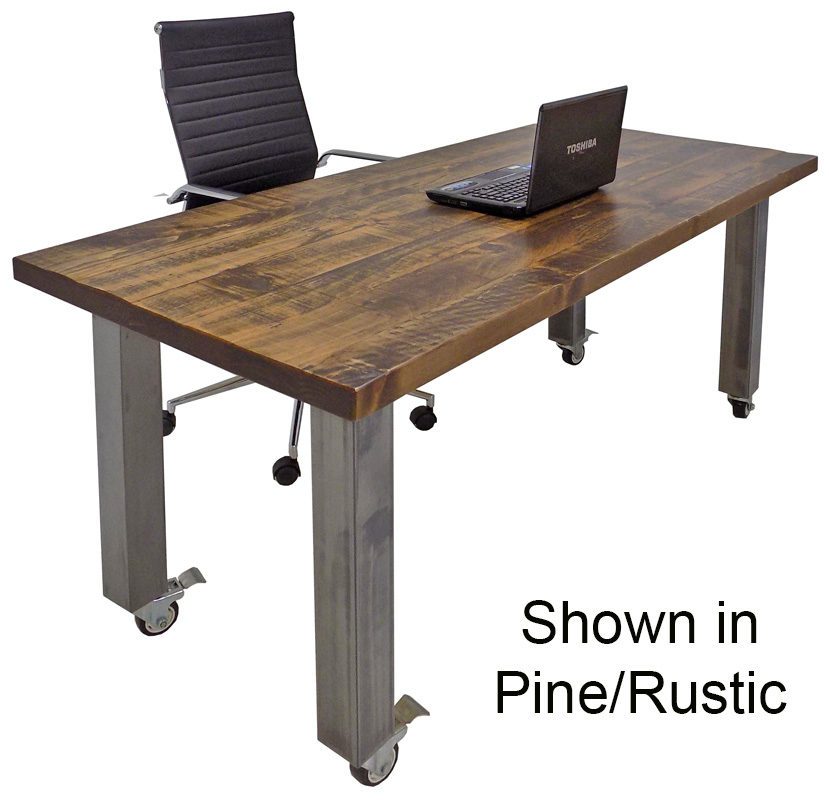
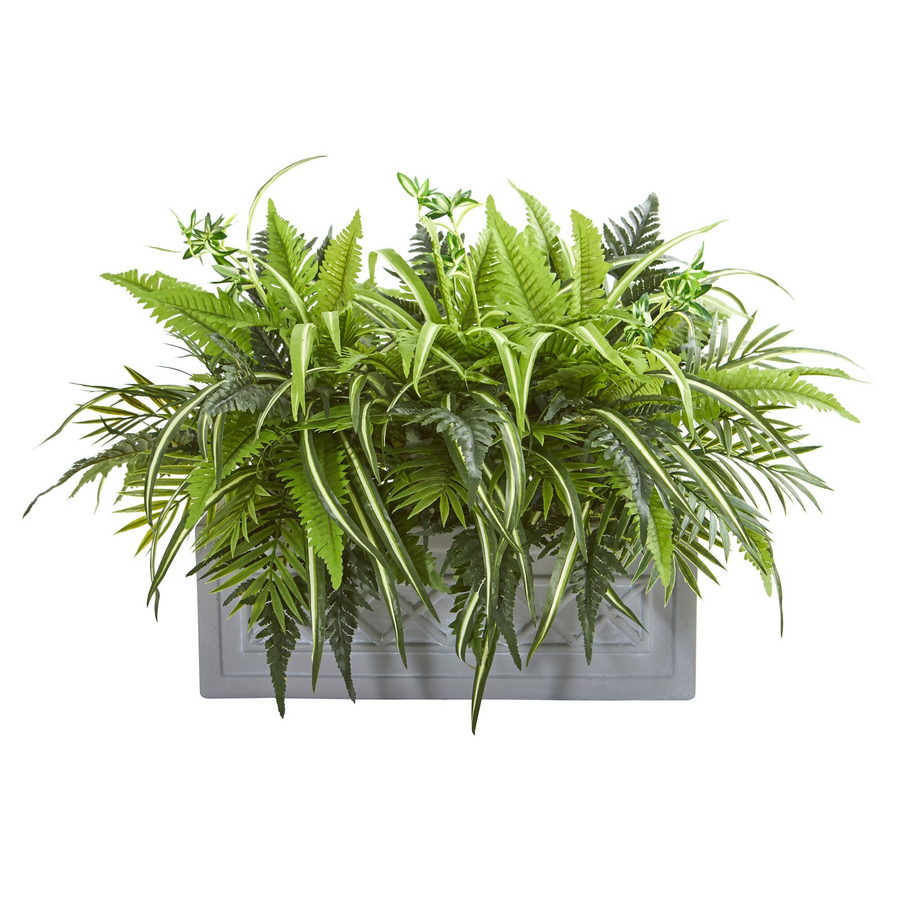

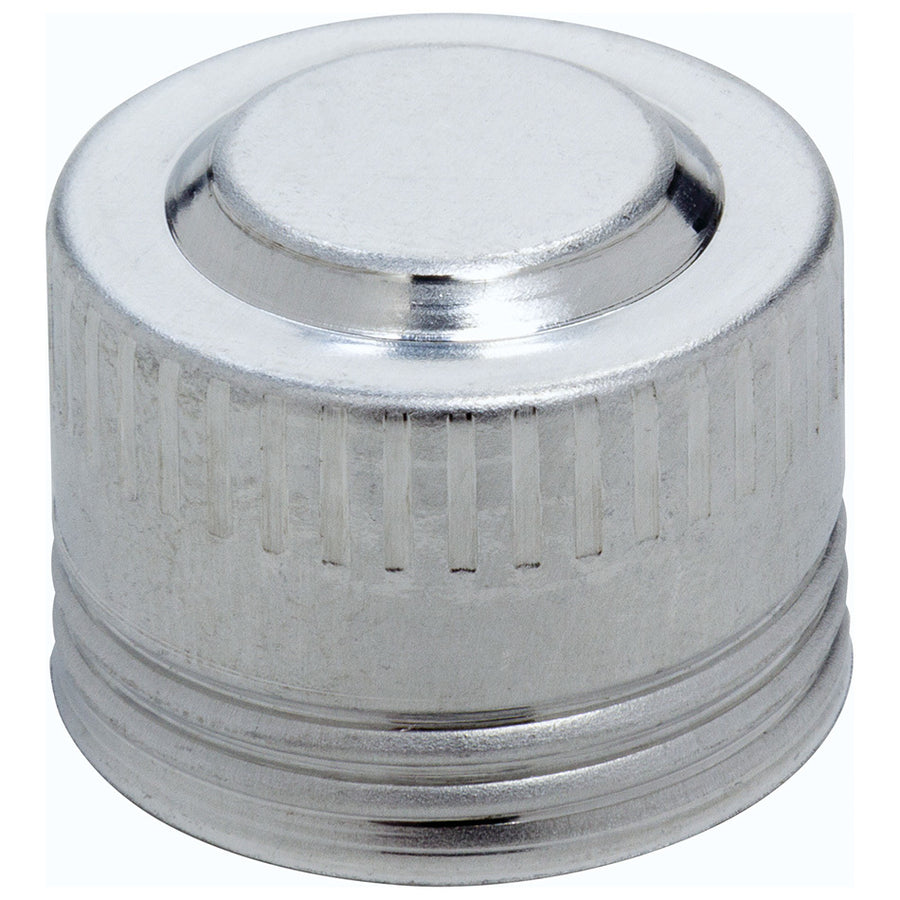
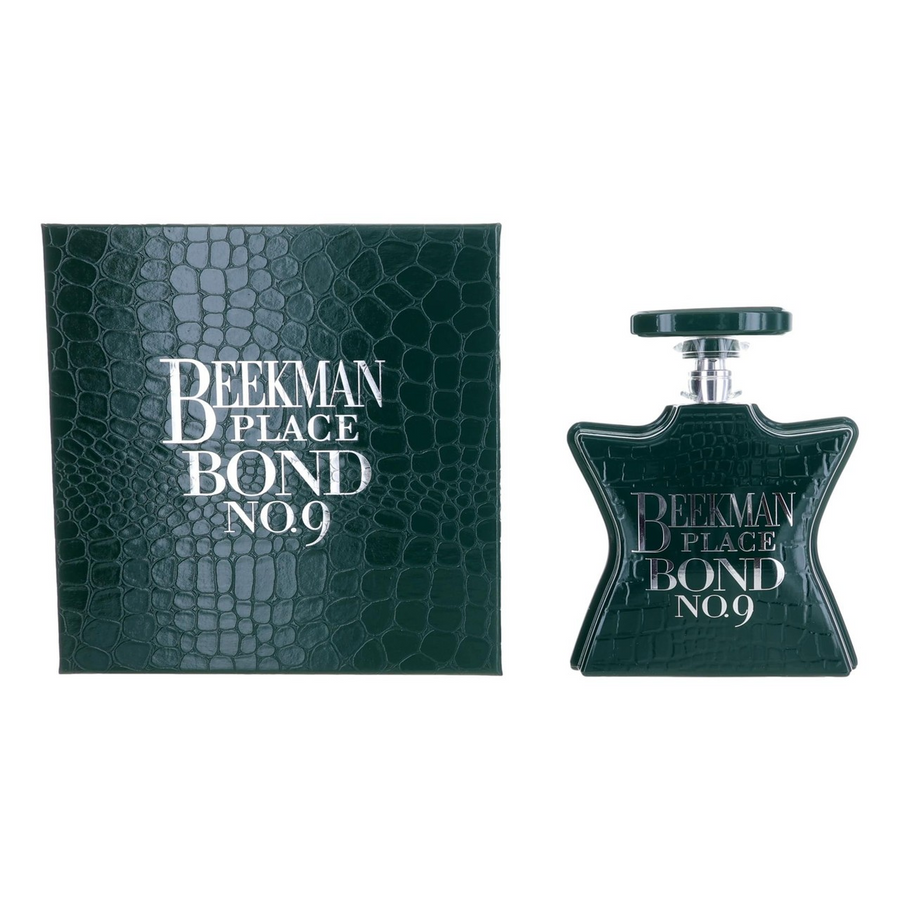

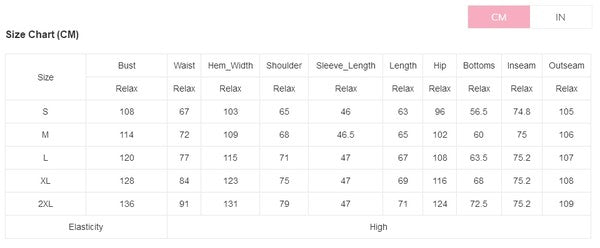




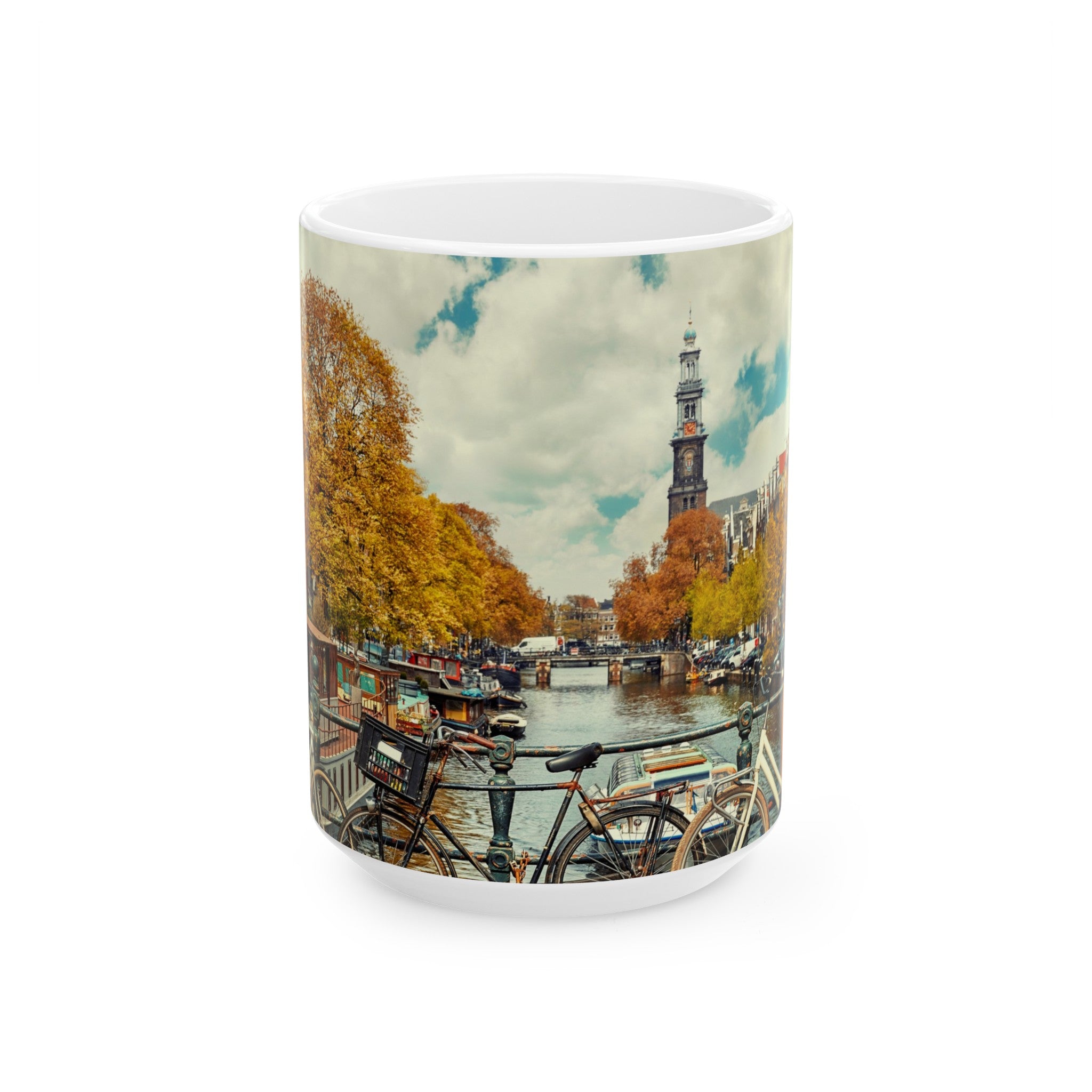
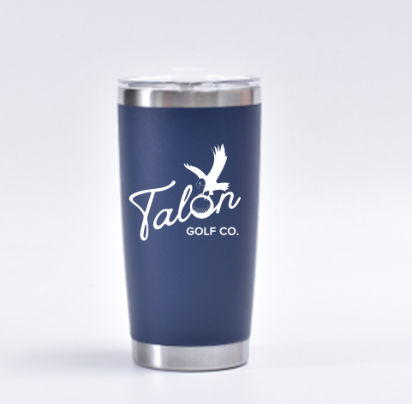


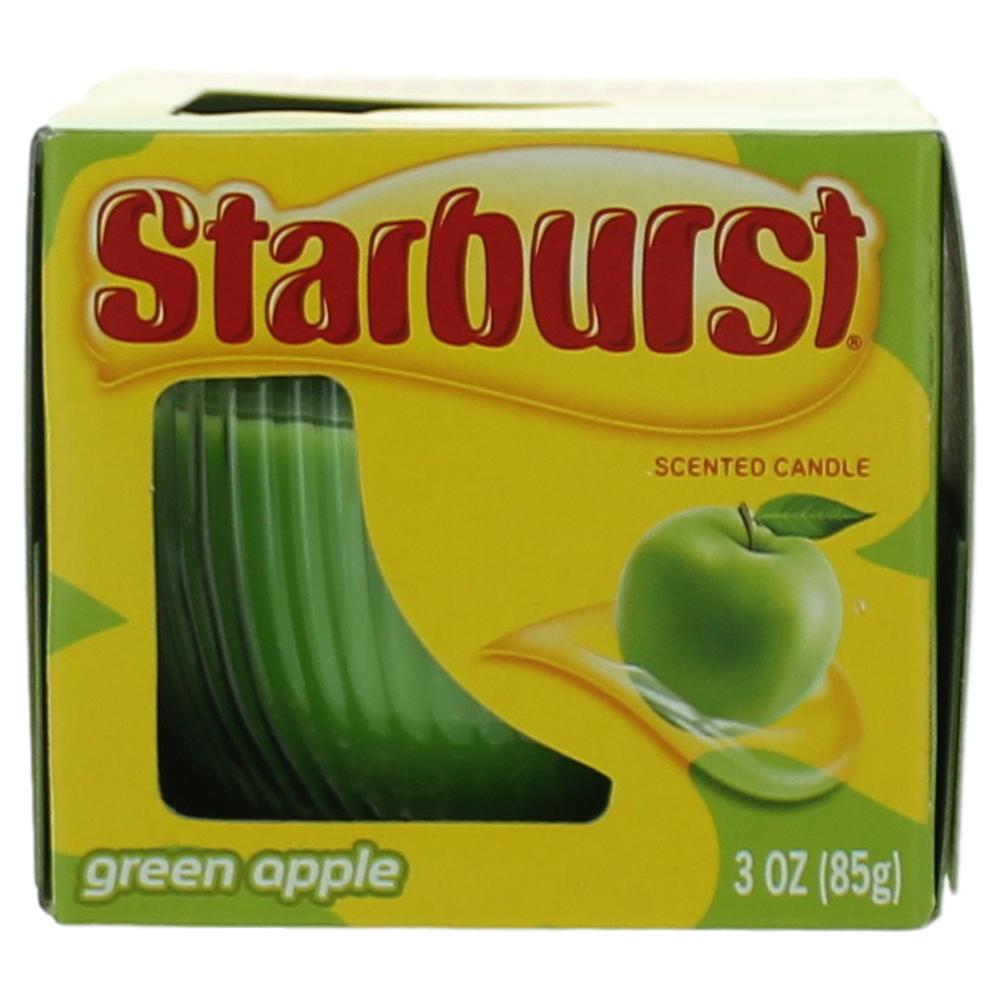
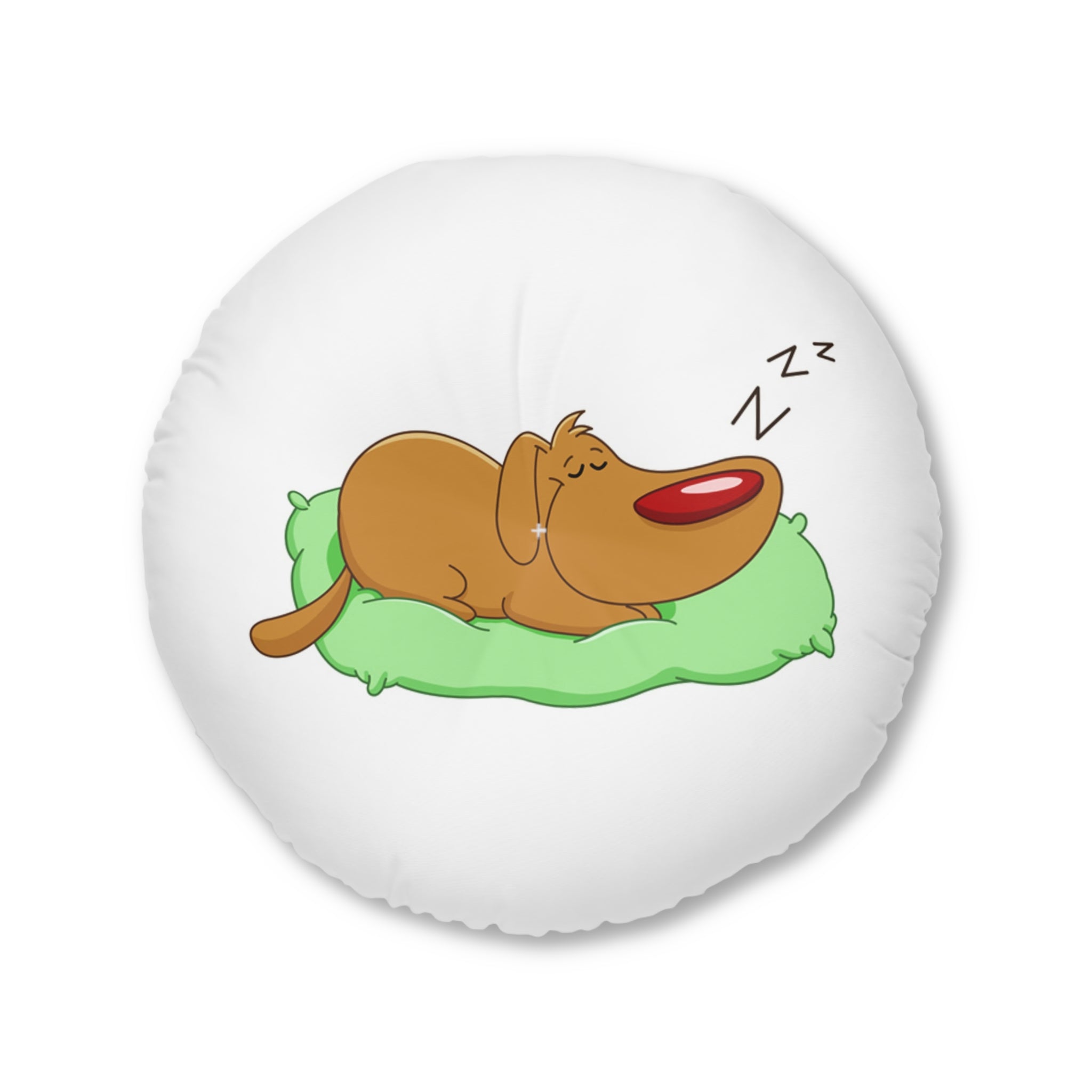
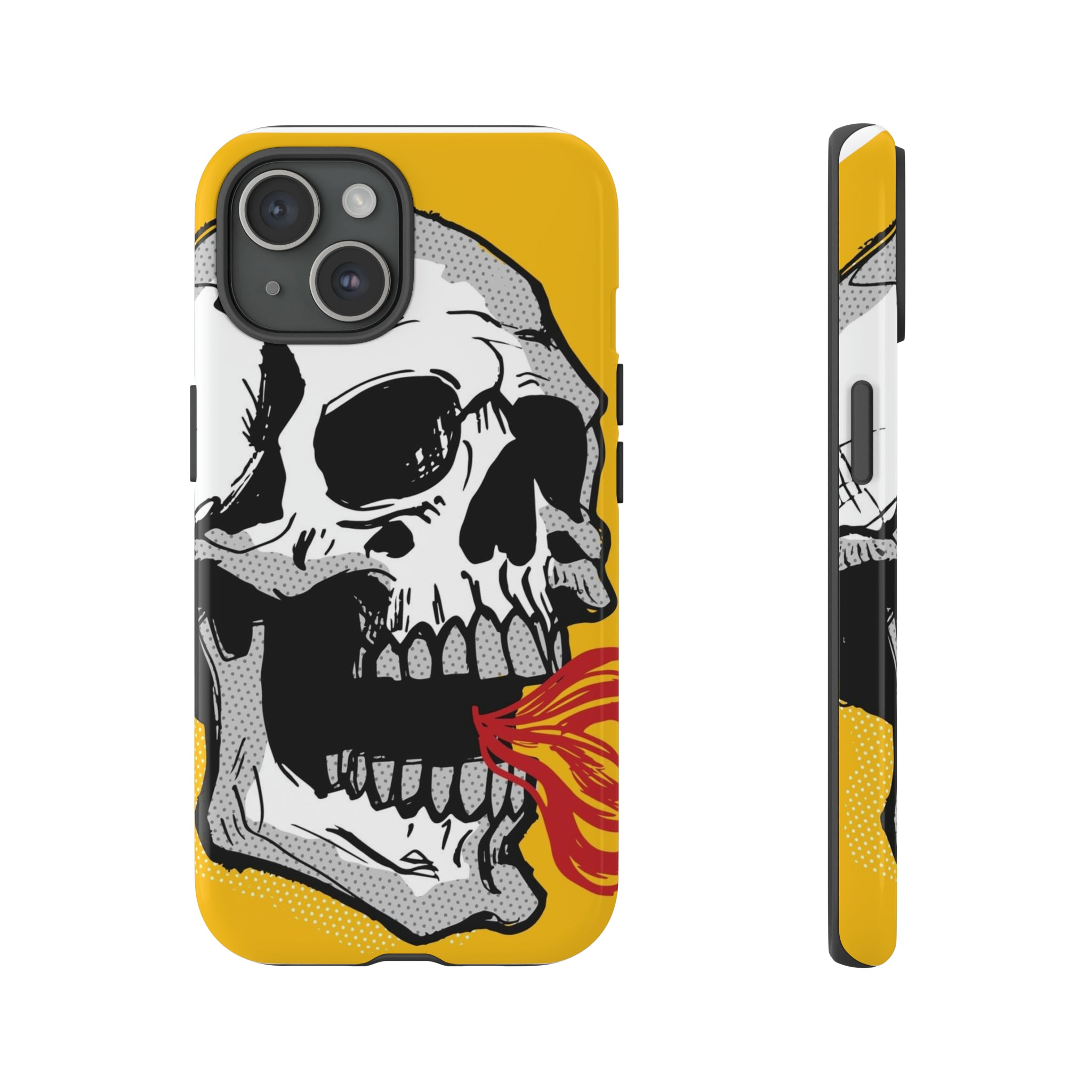

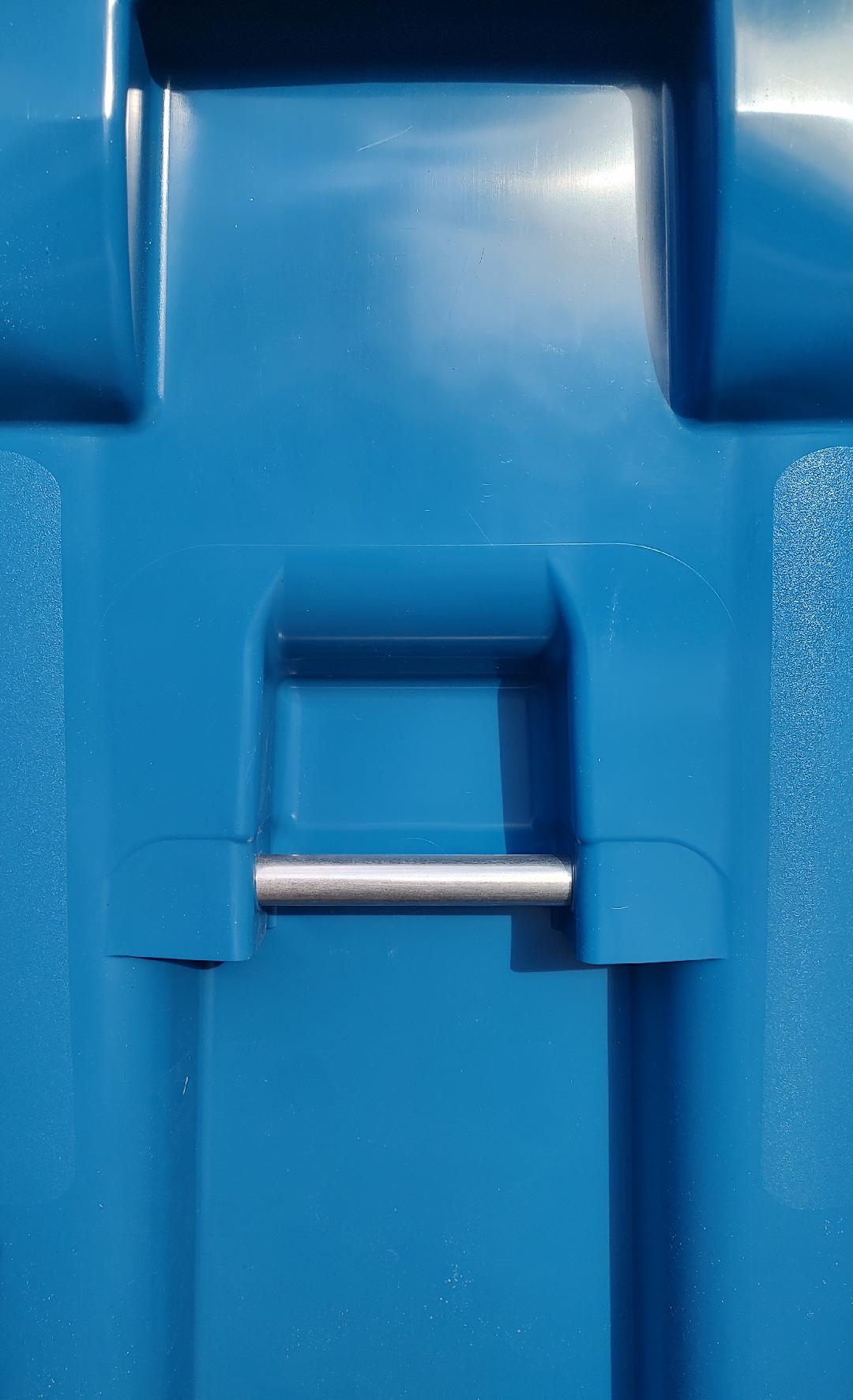
























Leave a comment